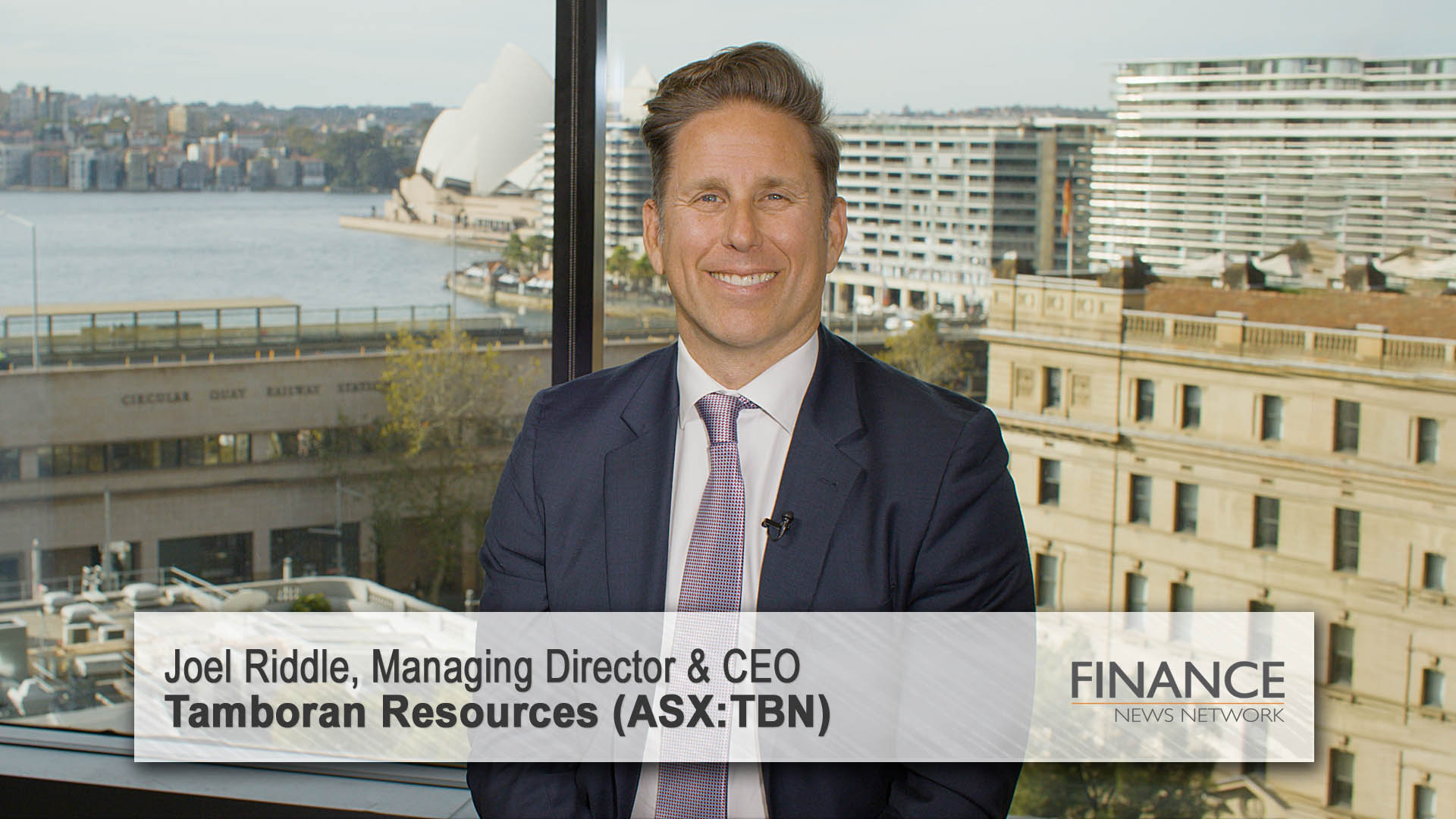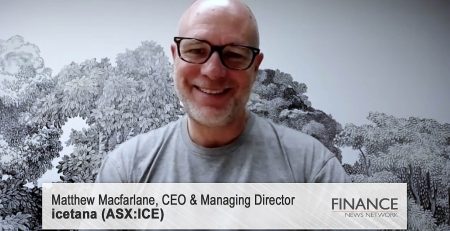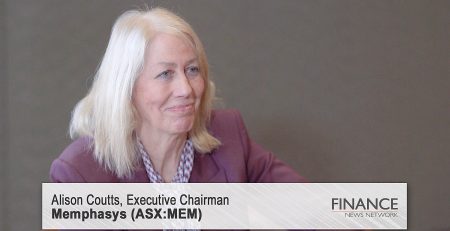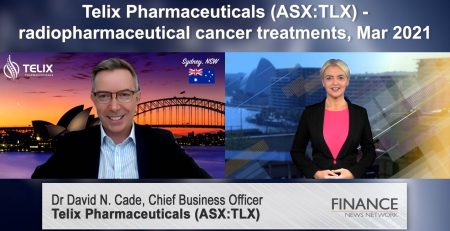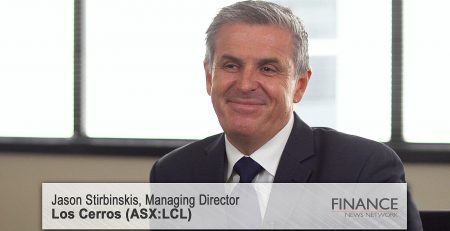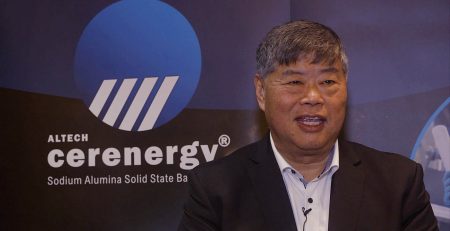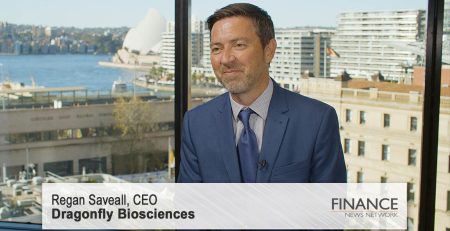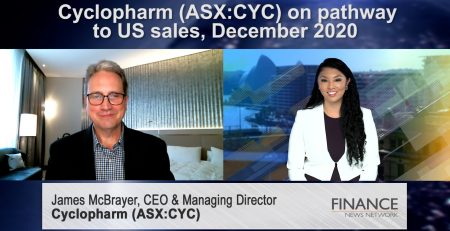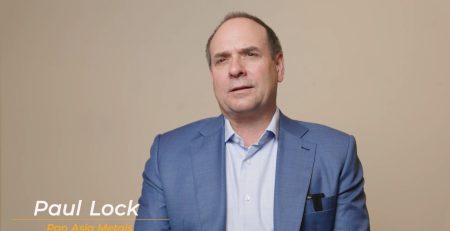Tamboran Resources (ASX:TBN) signs LNG MOUs with BP and Shell
Tamboran Resources Limited (ASX:TBN) Managing Director and CEO Joel Riddle discusses the company's recent capital raise, the drilling timeline, and agreements with APA Group, Clean Energy Fuels Australia, BP and Shell.
Paul Sanger: We're talking today with Tamboran Resources (ASX:TBN). If you don't know the company, the ASX code is "TBN". TBN has a market cap of around $290m. Tamboran Resources is a natural gas exploration and production company with a vision to support the net-zero CO2 energy transition in Australia and Asia Pacific through developing low-CO2 unconventional gas resources in the Northern Territory's Beetaloo Basin. We are joined today by Joel Riddle, who is the company Managing Director and CEO. Joel, welcome.
Joel Riddle: Thank you.
Paul Sanger: So, Joel, let's start with the capital raise. Can you outline the details of it for us?
Joel Riddle: So, we raised a total of $71.4m. About $58.2m came in the form of an equity placement at 18 cents a share, and we raised another $13.2m as part of a convertible note that we negotiated with our partner, H&P (Helmerich & Payne).
Paul Sanger: And what would the funds be used for?
Joel Riddle: So, majority of these funds will be used for drilling purposes later this year. We have a big well that we're going to be drilling called Shenandoah South 1. That will be drilled right in the heart of the deepest section of EP (Exploration Permit) 117, one of the new Origin (Origin Energy) blocks that we acquired late last year. And we have some additional funds reserved to do an additional Amungee 3 well plus some remediation work around Amungee 2. So, the primary use of funds will be used by putting capital right into the ground to progress reserve maturation in the Beetaloo and get us closer to first production.
Paul Sanger: Can you give us a bit more colour about the structure of the capital raise and the investors that participated? You know, like last time, did US investors cornerstone the capital raise, as they did back in September?
Joel Riddle: Absolutely. So, this is one of the unique features of the capital raise, is that over 85 per cent of all funds came from existing shareholders, primarily US financiers that have a very long-term view around the company's potential in the Beetaloo, including Bryan Sheffield, our largest shareholder. Bryan is well known in the US to be one of the most successful shale entrepreneurs, having founded Parsley Energy. And a few additional, I would say, long-only energy specialist funds out of the US also were part of this raise. So, a lot of smart money, a lot of money that really understands shale, they understand global gas markets, and, you know, the right kind of shareholders that Tamboran really needs to progress its high-growth business plan in the Beetaloo.
Paul Sanger: Joel, let's move on to the Amungee 2H flow rates and forward program. The initial results, you're quoted as saying, were highly encouraging, but you did encounter, identify an issue with regard to a potential skin inhibiting gas and water flow. Firstly, what exactly does this mean? And, secondly, is there a quick fix to the issue at hand?
Joel Riddle: To start with first principles, the definition of "skin" is essentially a non-permeable barrier between the rock formation and the wellbore. And so this is a very normal thing that you see, particularly in early-stage shale development, where you could have an incompatibility between the fluid system that was used for the completion potentially being incompatible with the rock. And so the good news is that we've had fluids analysed by a very high-end laboratory in Odessa, Texas. This is a laboratory that has looked at essentially every shale well from every shale basin in the US, and they've done some very in-depth analysis that suggests that this skin can be treated. And we're very hopeful that, once treated, this well will clean up, and we hope to have a 30-day IP (initial production) that we can report to market some time in the second half of this year.
Paul Sanger: Okay, Joel, let's move on. Independent analysis of the Tanumbirini wells has been promising. Could you tell us something about how this has improved our knowledge of the Beetaloo Basin and gas deliverability?
Joel Riddle: So, Tanumbirini 2 and 3 were originally drilled with our partner, Santos, in late 2021. And these are two wells that have now flown longer on a well test than any other wells in the Beetaloo today. Over six months that we've been testing both wells. And the good news is that we've had some independent modelling done by Subsurface Dynamics that suggests that the two long-term well tests are matching some of the best Marcellus Shale wells, particularly in the tier-one dry gas window. And this is something that the company has always pointed to, as the Marcellus being the analogue to the Beetaloo. We've seen it on logs, we've seen it on cores, but what we've seen with these two latest well tests is now a confirmation that the well tests that we see long term are matching our thesis around what we see in the logs and the cores, which is great news, and it's really what's guiding us to target this next well, Shenandoah South, in the deepest part of EP 117 on the new Origin blocks. We think the geology looks very similar to what the two Tanumbirini wells have targeted on the east part of the basin in the deepest sections of the basin, otherwise known as the "depocentre". And to take a step back, when you look at early shale development in the US, operators have historically targeted this deepest region, these depocentre areas, for exactly the reason where you have higher pressure, the geology is more calm, therefore it's easier to drill long laterals into the shale. And it's where we think you can really see some high-productivity potential.
Paul Sanger: You've announced two strategic agreements, one with APA Group and another with Clean Energy Fuels Australia. Could you outline for us how those two agreements help provide a pathway to the global domestic markets?
Joel Riddle: Sure. I want to start with the APA agreement. This is really a very critical agreement that we've negotiated with APA. It provides a strategic partner for the company that will provide pipeline solutions for our multiphase development plan. APA is signed up to work with a company on an early flow line that will connect the Beetaloo to the Amadeus Pipeline, operated by APA, and provide a pathway to produce the first 100 TJs a day into the Amadeus and across to the East Coast gas market. And once we get that production online, APA will continue to progress toward providing a much bigger pipeline in which we would target up to 500 million cubic feet a day to the East Coast, to deliver much-needed volumes into a short gas market by '27, '28, and also have a second leg to a larger pipeline that would connect the Beetaloo to Darwin, where we are very excited to bring forward a new LNG development on a newly acquired site at Middle Arm that we see the first phase being 6.6 million tonnes, and this new bigger pipeline would support that.
On the Clean Fuels Energy deal, this is a deal that contemplates a facility that's currently in WA that we look to bring into the Beetaloo as early as next year. It's a temporary facility that we can move on site, and instead of flaring in our well test, we can actually take that flare gas and process it, compress it, and move it to a pipeline as early as next year. So, this is something… You know, we've been targeting first production in 2025. We look to bring that forward 12 months sooner now, having this exclusive arrangement with CEFA (Clean Energy Fuels Australia). So, we're pretty excited about having that facility come into the basin and accelerate first production and first revenues, and get the kick-off of this basin as far as moving it into first production.
Paul Sanger: Joel, it's not gone unnoticed Tamboran has just signed two MOUs with BP and Shell. Shell and BP, as most people know, are two of the biggest names globally in oil and gas production. Again, what does this mean for TBN?
Joel Riddle: This is huge. Having the opportunity to partner with BP and Shell on LNG shale type production is something that I think starts to provide a foundation for our LNG strategy. As I mentioned, we're going to bring forward a first phase of an LNG development — up to 6.6 million tonnes that we look to develop at our new Middle Arm site by end of this decade. And what BP and Shell have signed up as far as this MOU is concerned is a combined 4.4 million tonnes of the 6.6 million tonnes for 20 years. So, these are long-duration potential sales contracts that we'll look to work with BP and Shell on ahead of an FID (final investment) decision late in 2025.
Paul Sanger: Joel, you referred to Middle Arm a couple of times already in the interview, where you secured a strategic site in the Northern Territory. Walk us through exactly what this means for TBN.
Joel Riddle: So, this site that we've been awarded by the Northern Territory government is 170 hectares, or about 420 acres, of land at Middle Arm. This is very strategic for the NT government. It's a project that not only contemplates an LNG project that we will have this site reserved for, but also there's a couple of hydrogen projects, there's a critical minerals project, a battery project, and so we're very excited to be part of this regional development. It also is in the same area in which two existing LNG plants currently are in production, one of them operated by IMPEX, an 8.7 million tonne plant, and a Santos-operated Darwin LNG plant that's 3.9 million tonnes. So, you have existing LNG production already online.
This is also an area that has been allocated by the Federal Government $1.5bn to effectively get this site shovel-ready for putting this LNG plant. Again, up to 6.6 million tonnes is what we anticipate in phase one by the end of this decade. We've already kicked off concept select and look to move into feed as early as next year, and that would put us on an FID decision as early as the end of 2025.
Paul Sanger: So, Joel, just to close things up, clearly a huge amount going on for you at TBN at the moment, but it would be remiss for me not to ask, from an investor perspective, what can they expect over the coming weeks and months? What are the key focuses?
Joel Riddle: Really, it's the catalysts that are coming from our drilling that we're kicking off with our new rig that we've just brought in from the US. It's a new H&P rig that's going to be drilling these upcoming wells. Very exciting next six months where we'll get the results on Shenandoah South and also look to have a 30-day IP on Amungee 2. So, those are two big catalysts coming in the next six months, and I think the opportunity in first half of '24 to take this temporary facility that we're bringing in the Beetaloo and potentially hook that up to one of two wells and get some early production and revenues flowing out of the basin is something I think an investor can really look forward to.
Paul Sanger: Joel Riddle, really appreciate you taking time out of your very busy schedule to meet with us today. Thanks very much.
Joel Riddle: Thank you very much. Appreciate it.
Paul Sanger: Thank you.
Ends
Copyright 2023 – Finance News Network
Source: Finance News Network

